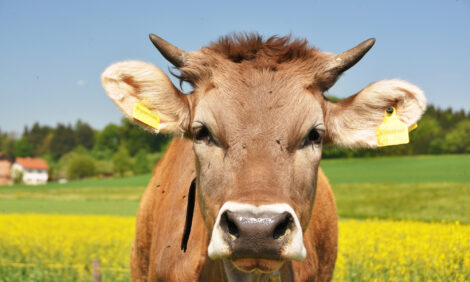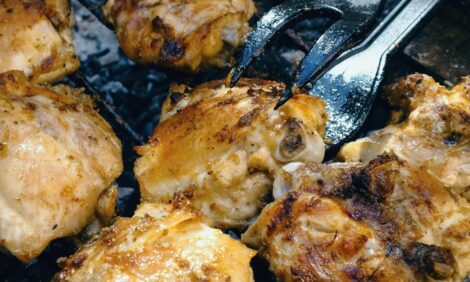



Lean Finely Textured Beef : Demand Drops
US - Inclusion of Lean Finely Textured Beef (LFTB) in certain ground meat products has raised concern among some consumers partly as a result of the negative connotation associated with “pink slime” associated with the products.Demand for LFTB recently declined following media reports portraying it as a seemingly unappealing additive to ground beef products.
These events followed former United States Department of Agriculture (USDA) scientist Gerald Zirnstein’s March 2012 comment that 70 per cent of the ground beef sold in supermarkets contained LFTB. In addition, ABC News’ report about the use of LFTB in retail beef products led to media coverage publicizing LFTB as pink slime, a term originally coined by Zirnstein in 2002.
On March 21, 2012, Safeway, SuperValu, and Food Lion announced they would stop buying ground beef with LFTB (Avila, 2012). Soon after, Kroger, BI-LO/Winn Dixie, Giant, and Hy-Vee announced that they would discontinue stocking ground beef that contained LFTB. Costco and Whole Foods reported that they did not carry ground beef with LFTB, and Walmart stated that consumers would have the option to purchase ground beef with or without LFTB.
Some manufacturers of lean beef products have been affected by the actions of these retailers. Beef Products Inc. (BPI) manufactures LFTB, and Cargill produces finely texturized beef (FTB), a similar product. BPI announced in late March 2012 that it would shut down three of its four plants (Garden City, Kansas; Amarillo, Texas; and Waterloo, Iowa) and lay off 650 workers due to reduced demand from supermarkets for ground beef containing LFTB (Keefe, 2012). It was estimated at that time that BPI’s average daily LFTB production capacity would drop from 1.5 million pounds per day to 700,000 pounds (Kay, 2012).
Although LFTB is a lean product, it is made from fat trimmings that otherwise have less value and typically sell at a discount to a rendering plant. Fifty-percent lean beef trimmings account for about 10 percent of total carcass weight (Steiner Consulting Group, 2012). In addition, beef packers generate more value to fed cattle from an additional 5-10 percent of total carcass weight as extra fat trim, and those components are used jointly to produce LFTB. Decreased demand for ground beef containing LFTB implies that packers now have to sell a larger portion of fat trimmings at lower prices, reducing fed cattle values.
Several effects of the lost use of LFTB are evident.
According to Steiner Consulting Group (2012), an additional 900 million pounds of extra fat trimmings would be available each year in the absence of a market for LFTB. The cut in the demand for LFTB has reduced the market for excess fatty trim. The value of 50-per cent trim has declined and as trim comprises a small share of the value of each primal cut that contributes to the calculated carcass value, the decline impacted the value of a fed carcass. The price of fresh 50-percent lean beef trimmings has declined from $1.01 in February 2012 to $0.59 in April 2012, due at least partially to the lost use of 50-per cent trim in the production of LFTB.
Reduced use of LFTB also has increased the price of 90-per cent lean beef.
Further ReadingYou can view the full report by clicking here. |
TheCattleSite News Desk


